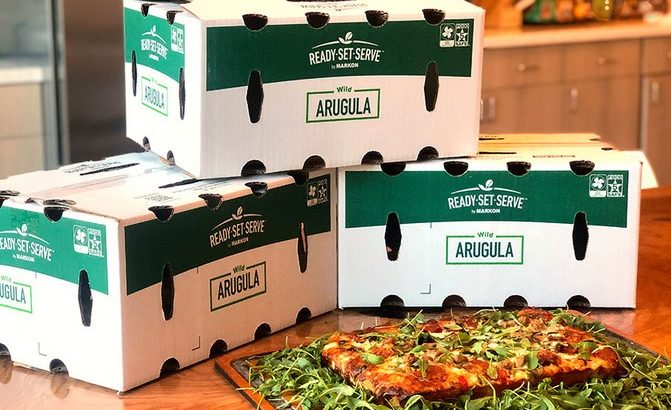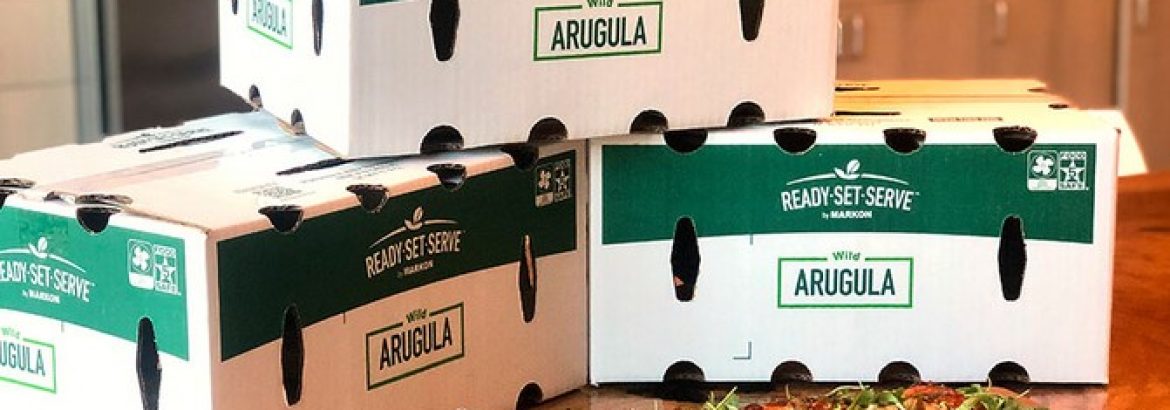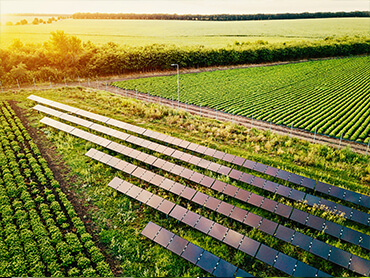COVID-19 turned the world upside down for restaurant operators everywhere – but the focus is slowly starting to shift from survival back to business as usual, bringing with it the ability to think about important priorities like sustainability. We talked to Nicholas Gonring, Corporate Consulting Chef for Markon member Gordon Food Service, for the next installment of our Earth Month series that highlights the partners who share Markon’s commitment to people and the planet.
Nicholas says that many operators over the past two years have been re-evaluating their brands and looking at how they want to move forward – with a stronger focus on earth-friendly initiatives.
“From a sustainability or environmental presence perspective, chefs are looking at where their food is coming from and how far it has to travel,” he explains. “’What is that doing to the environment? And from an emissions standpoint, how do I get to carbon neutral,’ they inquire.”
That’s why, together with Markon, GFS has adapted and reacted to ways of looking at farmer partners in its distribution network that would meet the criteria for Markon’s brand and specifications. “They have produce that we could use and source locally to be able to provide the same products with a longer shelf-life,” says Nicholas.
“What I like about Markon is that they’re always innovating so we can help operators meet their sustainability goals.” He called out Markon’s Ready-Set-Serve line of prepped products as one example that lets operators save labor while reducing food waste. “Delivering 100% usable product means fewer trucks on the road and less waste in the kitchen.”
Visit Gordon Food Service to find out more.
Markon premium produce is available exclusively from these distributors:
@gordonfoodservice @gordonfoodservicecanada @shamrockfoods @nicholasandco.lasvegas @benekeithfoods




